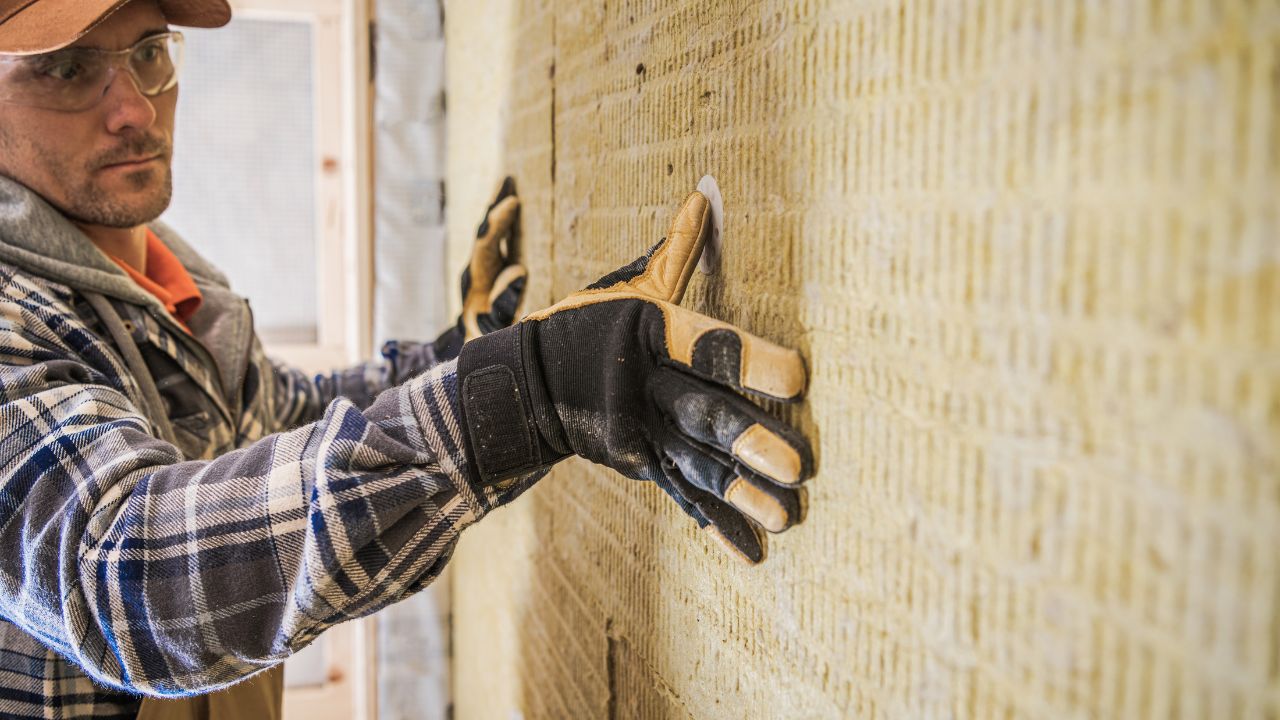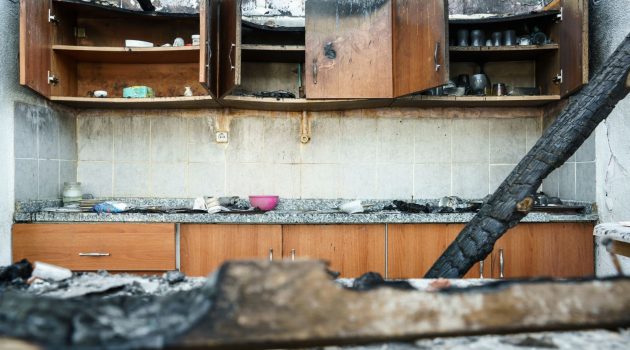Proper home insulation is a key factor in creating an efficient, comfortable, and healthy home.
Knowing which areas need to be insulated can help you save money on energy bills and make your home more eco-friendly.
In this article, we will discuss the essential areas in a home that require insulation, along with the installation process and maintenance tips for each area.
1. Walls: The Foundation of an Energy-Efficient Home
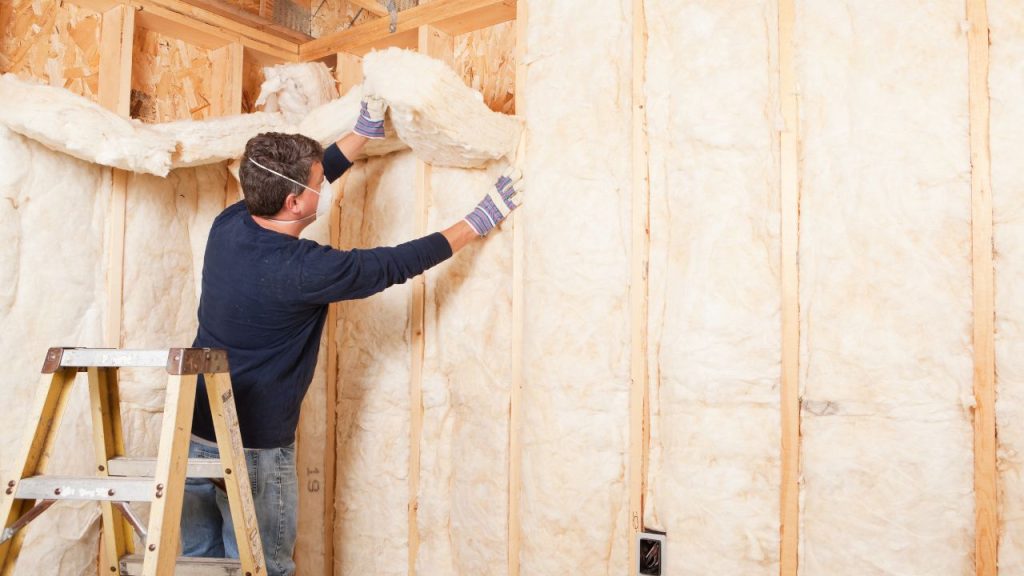
Insulating your walls is one of the most important aspects of creating an energy-efficient home, as it can help keep heat in and cold out.
Insulating existing walls with materials such as loose-fill cellulose, rigid foam boards, or spray foam insulation can be a great way to reduce air leakage and improve energy efficiency.
Installation Process for Wall Insulation:
- Measure the walls and determine the insulation type.
- Remove any existing siding or interior wall coverings if necessary.
- Install vapor barriers to prevent moisture buildup within the insulation materials.
- Cut and fit insulation according to measurements and secure it in place with nails, screws, or other fasteners as needed.
- Replace the siding and interior wall coverings after installing insulation material.
Maintenance for Wall Insulation:
It is important to inspect your wall insulation on a regular basis for signs of damage, such as holes, cracks, and signs of moisture.
If any of these issues are detected, it is important to take the necessary steps to repair them in order to maintain energy efficiency and air tightness.
2. Attic: Reducing Heat Loss through the Roof
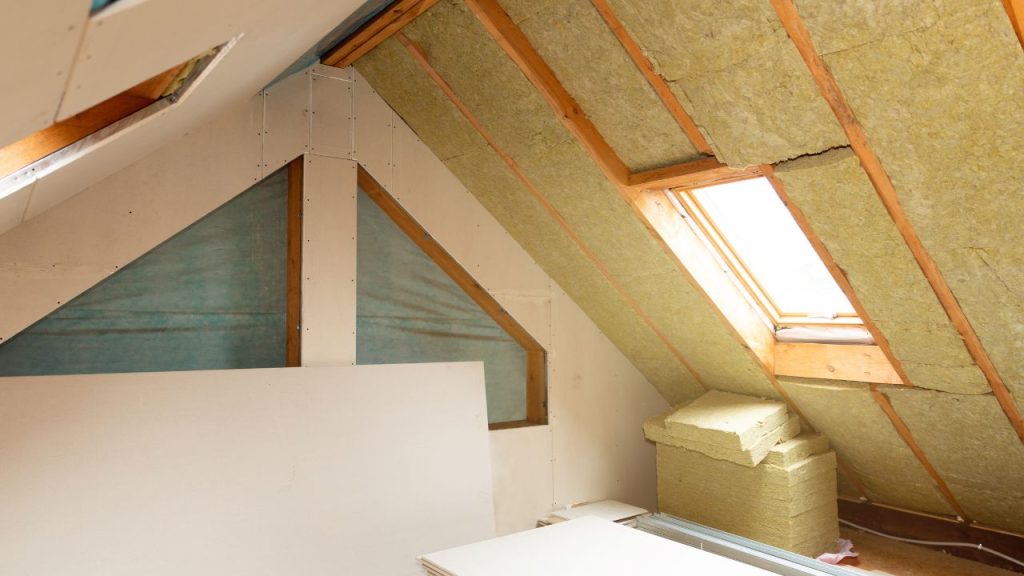
Insulating your attic is another important factor in creating an energy-efficient home, as it can help reduce heat loss through the roof.
Insulation materials such as fiberglass, rock wool, and spray foam can be used to insulate your attic space.
These materials will help trap air within the house structure which keeps it at a more consistent temperature throughout the day.
Installation Process for Attic Insulation:
- Measure the attic area and determine the insulation type that is suitable for your needs.
- Remove any existing insulation material if necessary.
- Install vapor barriers to prevent moisture buildup within the insulation material.
- Cut and fit insulation according to measurements and secure it in place with nails, screws, or other fasteners as needed.
- Replace any attic access hatches with weatherstripping to provide an airtight seal after the insulation installation is complete.
Maintenance for Attic Insulation:
It is important to inspect your attic insulation on a regular basis and take the necessary steps to repair any areas that may have been damaged by moisture or pests.
It is also recommended that you periodically check for signs of mold growth, as this can be a sign of insufficient ventilation in the area.
Allowing adequate ventilation will help keep your attic space at a comfortable temperature year-round and reduce energy costs.
3. Basement: Ensuring a Comfortable Living Space
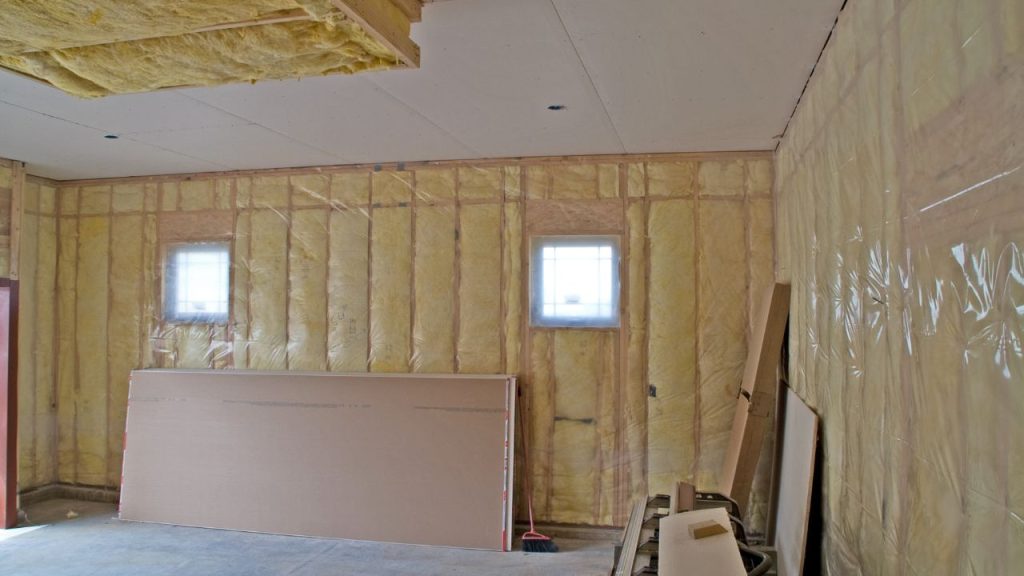
Insulating your basement is pivotal in creating a comfortable living space and an efficient home.
Insulation materials such as foam boards, rigid foam boards, spray foam insulation, or fiberglass can help keep the temperature of your basement space consistent throughout the year.
Installation Process for Basement Insulation:
- Measure the basement walls and determine the suitable insulation type.
- Remove any existing siding or wall coverings if necessary.
- Install vapor barriers to prevent moisture buildup within the insulation material.
- Cut and fit insulation according to measurements and secure it in place with nails, screws, or other fasteners as needed.
- Replace the siding or interior wall coverings after installing insulation.
Maintenance for Basement Insulation:
It is important to inspect your basement insulation on a regular basis and take the necessary steps to repair any areas that may have been damaged by moisture or pests.
It is also recommended that you periodically check for signs of mold growth, as this can be a sign of insufficient ventilation in the area.
Allowing adequate ventilation will help keep your basement space at a comfortable temperature year-round and reduce energy costs.
Additionally, you should ensure there is no standing water near the basement walls which could negatively impact the insulation system.
Taking these steps will help maintain an efficient insulation system and create a comfortable living space in your home.
4. Windows: The Gateway to Energy Efficiency
Insulating your windows is an important factor in creating an energy-efficient home.
Window insulation can help reduce heat loss through the window and keep the interior space of your home well-insulated.
Insulation materials such as foam boards, rigid foam boards, spray foam insulation or fiberglass can be used to insulate around the window frame and seal any cracks or gaps in order to create a tighter seal.
Installation Process for Window Insulation:
- Measure each window frame and determine the suitable insulation type.
- Remove any existing siding or wall coverings if necessary.
- Install vapor barriers to prevent moisture buildup within the insulation material.
- Cut and fit insulation according to measurements and secure it in place with nails, screws, or other fasteners as needed.
- Seal any cracks or gaps around the window frame in order to create a tighter seal.
- Replace the siding or interior wall coverings after installing insulation.
Maintenance for Window Insulation:
It is important to inspect your window insulation on a regular basis and take the necessary steps to repair any areas that may have been damaged by moisture or pets.
It is also recommended that you periodically check for signs of mold growth, as this can be a sign of insufficient ventilation in the area.
Taking these steps will help maintain an efficient window insulation system and reduce energy costs in your home.
Additionally, you should ensure windows are properly sealed during cold weather months in order to prevent any drafts or cold air from entering the home.
With a well-insulated window system, your home can remain comfortable and energy-efficient year-round.
5. Doors: The Final Frontier in Insulation
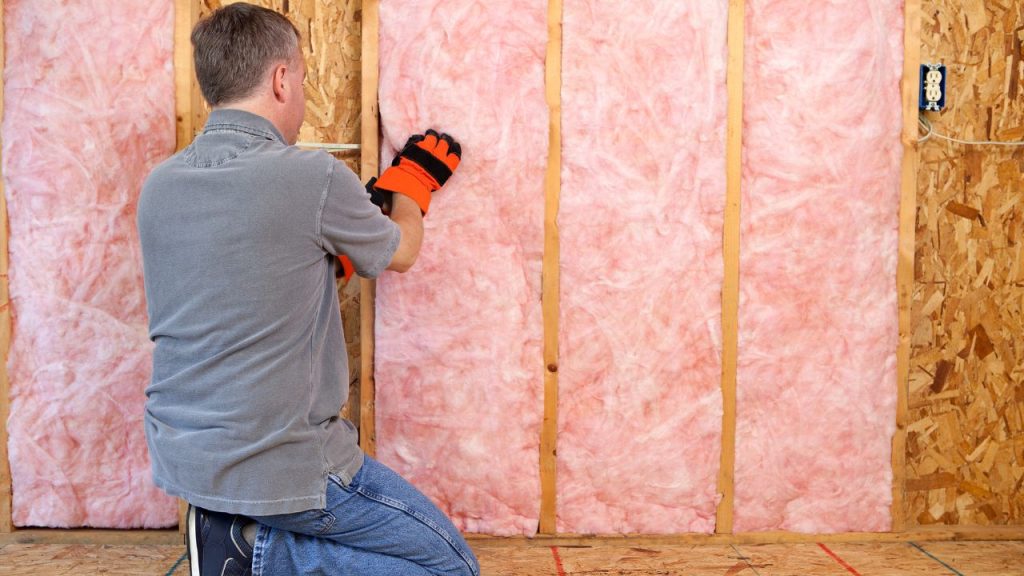
Doors play a significant role in maintaining the energy efficiency of your home.
Proper door insulation can help prevent drafts and air leaks, keeping your home comfortable throughout the year.
Insulation materials such as weatherstripping or door sweeps can be used to seal gaps around the door frame and threshold, creating an energy-efficient barrier.
Installation Process for Door Insulation:
- Measure each door frame and determine the suitable insulation type.
- Remove any existing weatherstripping or door sweeps if necessary.
- Install the chosen insulation material according to the manufacturer’s instructions, ensuring a snug fit and airtight seal.
- Replace any interior or exterior door coverings after installing insulation.
Maintenance for Door Insulation:
Inspect your door insulation on a regular basis, checking for signs of wear or damage. Replace weatherstripping or door sweeps as needed to maintain an energy-efficient barrier.
Ensure doors are properly sealed during cold weather months to prevent drafts or cold air from entering the home.
In conclusion, insulating these essential areas in your home can have significant benefits, such as increased comfort, improved energy efficiency, and reduced energy costs.
Proper installation and maintenance of home insulation are essential to maximize its benefits, so it is important to work with a professional company, like iFOAM, to ensure optimal results.
By following the steps outlined above for each area, you can ensure your home remains energy-efficient throughout the year, helping you save money on energy bills and create a comfortable living space for you and your family.
Insulation is not only an investment in the comfort of your home but also in its long-term value, as an energy-efficient home is often more desirable in the real estate market.
Remember that insulation should be tailored to the specific needs of your home, taking into consideration factors such as climate, home design, and local building codes.
Consult with a professional insulation contractor to determine the best insulation solutions for your unique situation.
Incorporating insulation in your home improvement plans can greatly enhance your living experience and contribute to a more sustainable lifestyle.
So, take the time to evaluate your home’s insulation needs and invest in creating a more energy-efficient and comfortable space for you and your loved ones.
